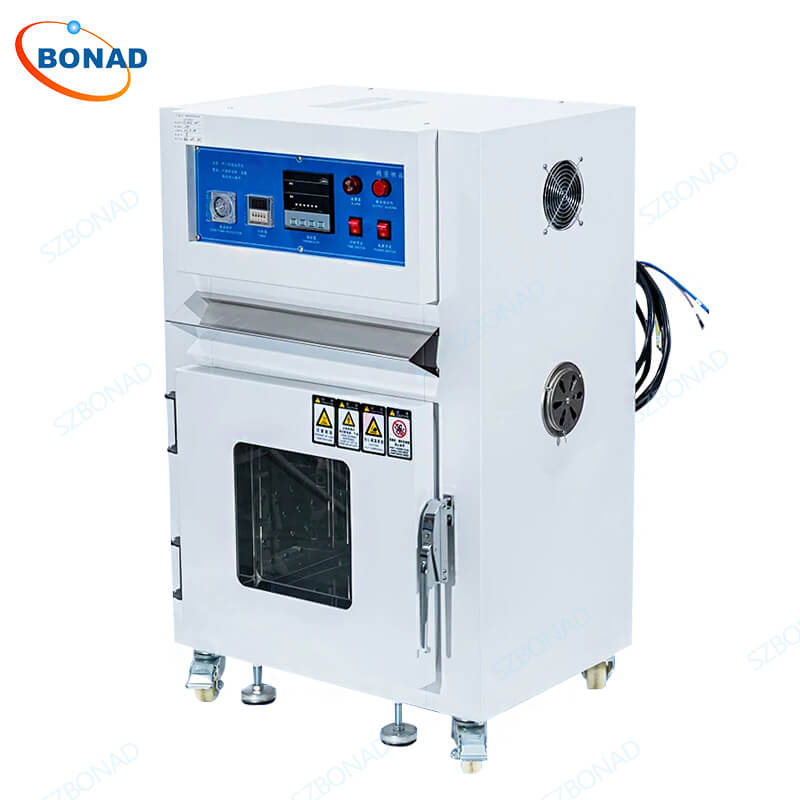What is an Industrial Oven?
An industrial oven is akin to a supersized version of the oven you have in your kitchen, but it’s designed for use in large factories and businesses. Its primary function is to heat, bake, or remove moisture from materials.
Think about baking cookies in your kitchen oven. You place the cookie dough inside, and the heat from the oven makes them deliciously crispy. An industrial oven operates on a similar principle but is used for larger and more complex tasks.
For instance, consider an automotive manufacturing plant. They might use an industrial oven to heat metal parts so they can be bent and shaped into forms suitable for vehicles. Alternatively, in a bakery, an industrial oven could be used to bake a large batch of bread at once.
The key advantage of these ovens is their ability to maintain precise control over the temperature. This precision is crucial because different materials and products require specific heat levels to achieve optimal results. Industrial ovens can consistently maintain the appropriate temperature, which is essential for producing high-quality products.
In summary, an industrial oven is a large machine that helps factories and businesses heat, bake, or dry items in a precise and controlled manner to manufacture various products we use daily. Therefore, it’s clear that you cannot use an industrial oven for household or commercial cooking purposes.
Differences Between Industrial Ovens and Food Ovens
- Size and Capacity
- Industrial Oven: Industrial ovens are generally larger and have greater capacity compared to food ovens. They are designed to handle bulk quantities of items such as processing bulk materials or curing coatings on industrial equipment.
- Food Oven: Food ovens are typically smaller and designed for home or commercial cooking. They have a smaller capacity suited for baking, roasting, and cooking food.
- Temperature Range
- Industrial Oven: These ovens usually operate within a higher temperature range. This characteristic can vary depending on the specific application; for example, they can reach extremely high temperatures when used for heat treatment.
- Food Oven: Food ovens operate within a lower temperature range suitable for cooking or baking food, usually around 500 degrees Fahrenheit (260 degrees Celsius).
- Functionality and Purpose
- Industrial Oven: Industrial ovens are used for various industrial processes such as curing, drying, heat treatment, sterilization, annealing, etc. They are crucial for manufacturing and processing non-food products like metals, ceramics, electronics, and chemicals.
- Food Oven: Food ovens are specifically designed for cooking and baking food items including bread, pastries, meats, and vegetables.
- Construction and Materials
- Industrial Oven: Built with heavy-duty components to withstand corrosive chemicals, high temperatures, and daily wear-and-tear. They are durable and designed for long-term use.
- Food Oven: Made from materials suitable for cooking and baking such as stainless steel or enamel coatings. They prioritize aesthetics and ease of cleaning.
- Control Systems
- Industrial Oven: Equipped with advanced control systems that precisely regulate temperature, airflow, and humidity to ensure consistent and repeatable industrial processes.
- Food Oven: The control systems in food ovens are simpler and tailored to meet cooking and baking needs. They may include features like timers, temperature settings, and convection settings but are generally less complex than those in industrial ovens.
By understanding these differences between industrial ovens and food ovens, one can better appreciate their unique applications in both industrial processes and culinary arts.



